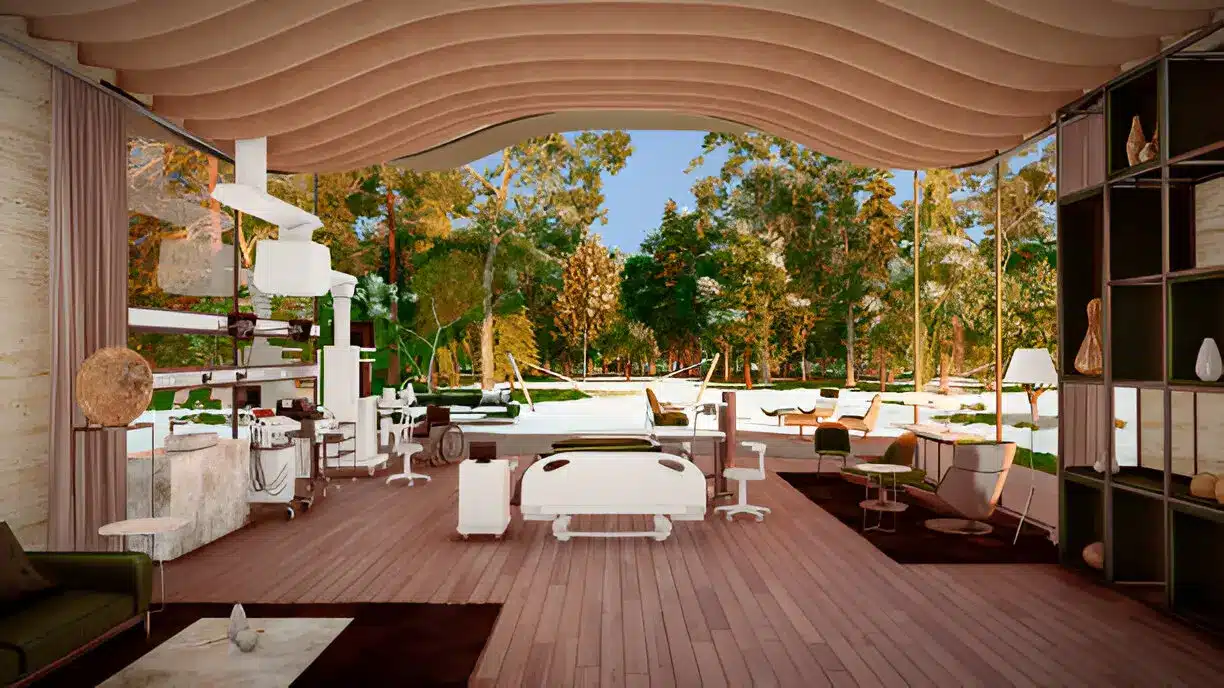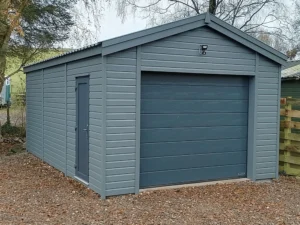For decades, mental health treatment was often presented as something you endured rather than experienced. Clinical walls, shared rooms, and an undercurrent of stigma left many people hesitant to seek help at all. The environment was rarely part of the conversation, and the thought of comfort or beauty in a treatment setting was almost unthinkable. That mindset is changing, and it’s not a superficial shift. A new wave of luxury treatment centers is reframing mental health care as a holistic investment—one that values surroundings, privacy, and personal dignity just as much as it values clinical excellence.
These facilities are not built to isolate, but to give people the kind of protected space where they can fully focus on themselves without feeling exposed or judged. They’re turning the old model on its head by designing experiences that make the process feel less like stepping away from life and more like entering a supportive, intentional chapter of it.
A Different Standard of Privacy and Comfort
At the core of this shift is an elevated approach to privacy. Traditional treatment environments often require people to adapt to communal living, shared schedules, and a certain degree of impersonality. In luxury facilities, privacy isn’t just about closed doors—it’s about creating a space that feels safe and restorative from the moment you arrive. Private suites often come with calming views, outdoor terraces, or cozy sitting areas where you can journal, meditate, or simply breathe without interruption.
The staff-to-client ratio is usually higher, allowing for more attentive care and genuine presence from those providing it. That presence matters—when the people guiding your recovery have the time and bandwidth to truly listen, the therapeutic process becomes far more personal. There’s also an intentional effort to design spaces that ease tension: natural light, art chosen for its calming qualities, and quiet corners that invite reflection. These aren’t frivolous touches. They’re strategic choices that help regulate stress and give people the best possible conditions to engage in the work they came to do. It’s why luxury mental health facilities in California, Florida or anywhere in between are increasingly sought after by those who want an environment that actively supports their healing, rather than one they have to push through.
Personalization That Goes Beyond the Clinical
Luxury centers are also dismantling the idea that “treatment plan” means a rigid, one-size-fits-all schedule. While evidence-based practices remain the backbone, the way they’re delivered adapts to each person’s needs, preferences, and even personality. For one person, mornings might start with guided meditation and a private therapy session, followed by time in a recording studio for music therapy. For another, it might be a quiet breakfast alone, then equine-assisted therapy in the hills, and a nutrition consultation over lunch.
This level of personalization allows treatment to feel collaborative rather than prescriptive. It also recognizes that healing happens in many forms. Someone who’s never felt comfortable in traditional talk therapy might open up in an art studio, or on a hiking trail with a therapist who understands how movement can help untangle difficult emotions. The aim is to give people options that engage both mind and body, while still ensuring they’re grounded in proven therapeutic methods. That flexibility can make all the difference for someone who’s hesitant to seek help, as it reduces the fear of being forced into a mold that doesn’t fit.
Integrating Holistic and Evidence-Based Practices
One of the misconceptions about luxury treatment is that it replaces science with indulgence. In reality, the best facilities strengthen their clinical foundations with holistic practices that address the whole person. Standard therapeutic approaches—cognitive behavioral therapy, dialectical behavior therapy, EMDR—are still there. What changes is the breadth of support surrounding them.
You might have a therapist-led group in the morning and then spend the afternoon in a guided mindfulness session by the ocean. Or pair traditional counseling with acupuncture, yoga, or creative writing workshops. These complementary options aren’t just for novelty—they’re designed to reinforce coping skills, encourage self-awareness, and improve overall resilience. Physical wellness is often integrated through tailored exercise programs, nutrition guidance, and even sleep optimization strategies, recognizing how closely mental health is linked to the body’s daily rhythms.
By weaving together these approaches, luxury centers create more pathways to healing. It’s not about throwing everything at the wall to see what sticks; it’s about giving each person the tools and experiences that help them build lasting, self-directed wellbeing.
A Path That Extends Beyond the Stay
The work doesn’t stop when someone leaves a treatment center. In fact, the weeks and months after discharge can be some of the most challenging. High-end facilities know this and put as much thought into aftercare as they do into the initial experience. This might mean setting up regular virtual check-ins with a primary therapist, connecting someone to a local support network, or creating a gradual step-down plan so the transition feels smooth and supported.
For many, that plan includes outpatient programs for mental health that maintain structure and accountability without requiring full-time residence. These programs can help bridge the gap between immersive treatment and independent living, allowing people to practice new skills in real-world settings while still having consistent support. Others might return periodically for short retreats, using them as a reset to stay grounded and aligned with their goals.
The point is to create a safety net that’s both practical and empowering. The aim isn’t to keep people tethered to the facility, but to make sure they leave with the confidence and resources to sustain their progress in everyday life. This level of follow-through is one of the defining differences between luxury centers and more traditional models—it acknowledges that healing is a process, not a single event.
Changing the Cultural Conversation
Beyond the individual experience, luxury treatment centers are playing a role in changing how society views mental health care. By presenting it as something worthy of investment, discretion, and dignity, they’re challenging outdated ideas that seeking help should be hidden or minimized. This shift in framing is helping to dismantle the lingering stigma that has kept so many from pursuing care.
When high-profile figures and everyday people alike are open about choosing these facilities, it sends a powerful message: mental health treatment is a proactive, positive step, not a last resort. And when the setting itself communicates care, respect, and intentionality, it helps normalize the idea that taking time for your mental wellbeing is no different than taking time for physical recovery. That ripple effect reaches far beyond the walls of any one center, influencing conversations in workplaces, families, and communities.
Luxury treatment centers also have the resources to advocate for broader changes in mental health policy and practice. By demonstrating the effectiveness of integrated, individualized care, they help push the entire field toward more compassionate and flexible approaches. This influence can benefit people across the spectrum of care, even those who will never set foot in a high-end facility.
Closing Reflection
Luxury mental health care isn’t about trading medical rigor for lavish surroundings. It’s about acknowledging that the environment we heal in can be as important as the treatment itself. By combining evidence-based practices with spaces designed for comfort, privacy, and respect, these centers are making it easier for people to step into care without fear or hesitation. That shift doesn’t just change lives—it changes the way we think about mental health entirely, turning what was once hidden into something openly valued. It’s a transformation that’s long overdue, and one that’s quietly raising the standard for everyone.
Also Read-Creative Programs for Building Life Skills










